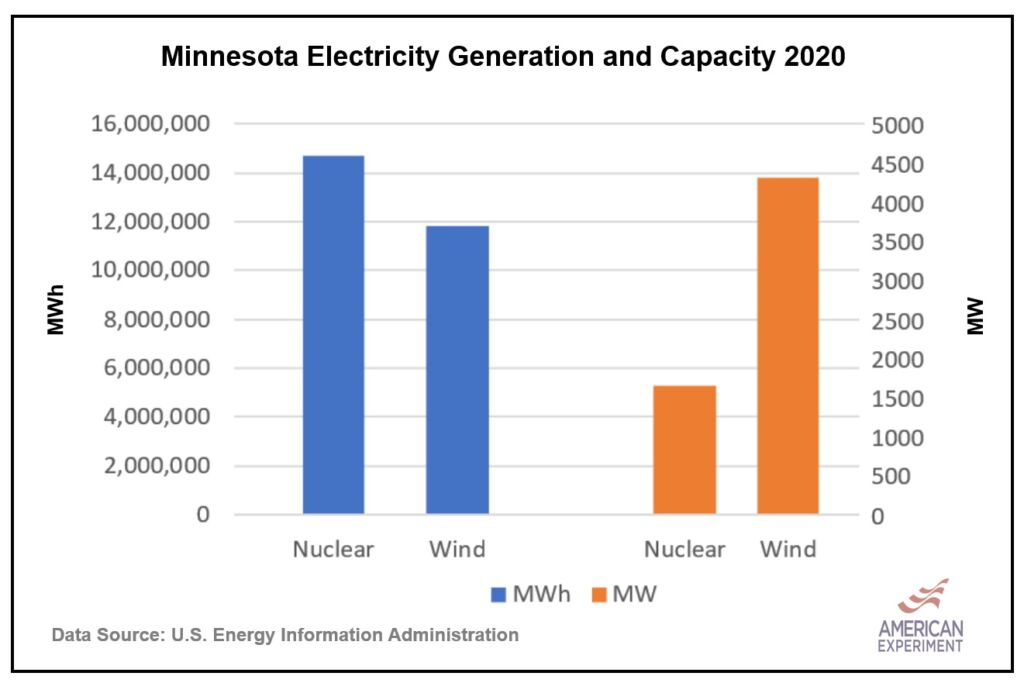NextEra Energy to build 60 massive wind turbines in southeastern MN
NextEra Energy is proposing to build a new wind facility in southeastern Minnesota that will host 60 massive wind turbines measuring 551 feet tall, the size of 55-story buildings, according to the Environmental Quality Board Monitor:
Dodge County Wind, LLC (DCW or applicant), a wholly-owned subsidiary of NextEra Energy Resources, LLC proposes to construct, own, and operate the up to 259 megawatt (MW) Dodge County Wind Farm in Dodge and Steele counties and approximately 26.8 miles of 161 kV transmission line in Dodge and Mower counties (Project).
The Project would include a mix of up to 79, 2.52 MW and 3.4 MW turbines. The 11 GE 2.52 MW turbines have a total height of 486.5 feet from ground to tip. Dodge County Wind proposes to use two configurations of the GE 3.4 turbines: eight (8) with a total height of 495 feet, and 60 with a total height of 551 feet.
Additionally, the Project will include a collector substation, collection lines, an operation and maintenance building, a permanent meteorological tower, and gravel access roads. The associated 161 kV transmission line would connect the wind farm to the Pleasant Valley substation in Mower County.
If the name NextEra rings a bell, it’s because it is the parent company of ESI, which recently made headlines for pleading guilty to killing more than 150 bald eagles.
In fact, NextEra President Rebecca Kujawa said collisions of birds with wind turbines are unavoidable accidents that should not be criminalized. She even had an absurd statement downplaying the impact turbines have on wildlife:
“We disagree with the government’s underlying enforcement activity,” Kujawa said in a statement. “Building any structure, driving any vehicle, or flying any airplane carries with it a possibility that accidental eagle and other bird collisions may occur.”
This argument is deeply disingenuous. How many people are driving their cars off the ground, 550 feet in the air?
As I wrote on April 12, 2022:
Wind turbines are more likely to kill eagles than other energy sources because of their size and the fact that you need a lot more wind turbines to produce the same amount of energy, thereby increasing their geographic footprint.
For example, the graph below shows that Minnesota’s nuclear power plants produced 24 percent more energy even though there is 2.6 times more installed wind capacity in the state than nuclear capacity.

The massive wind turbines in Dodge County Wind project will be unreliable and expensive. The project will also result in massive 55-story “wind scrapers,” as they are often called, being put up in rural areas where they are often unwelcome.